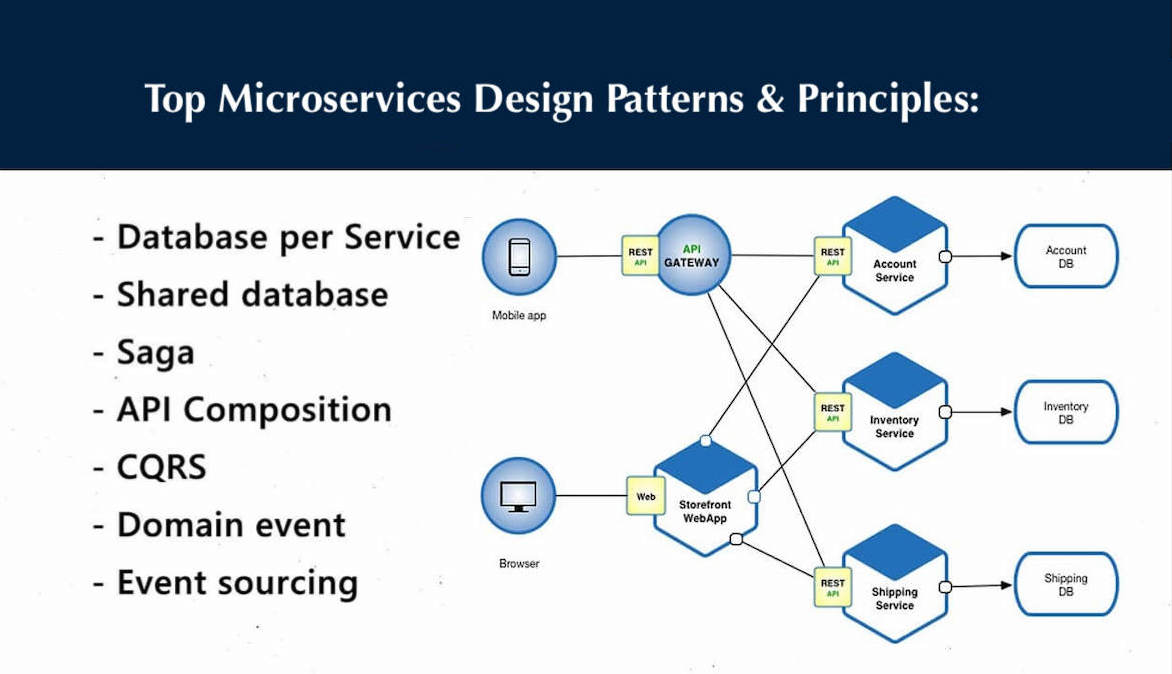Hi everyone! If you’re using Microservice architecture and want to learn key design patterns and principles to improve your application, you’re in the right place. We’ll discuss essential patterns like Event Sourcing, Circuit Breaker, Saga, CQRS, Strangler, and API Gateway, as well as principles like Scalability, Flexibility, and Resiliency.
Microservices are often preferred over monolithic architecture for enterprise applications, especially when deploying to the cloud. Though monolithic designs may be suitable for low-latency applications, microservices provide more benefits in most cases.
Let’s explore microservices, their use cases, and design patterns to enhance your applications.
Contents
- 1 What is Microservice Architecture?
- 2 Benefits of Microservice Architecture:
- 3 Top 10 Microservice Design Patterns:
- 3.1 1. Database per Microservice Pattern: An Essential Approach in Microservice Design Patterns
- 3.2 2. Decentralized Data Management: A Key Microservice Design Pattern
- 3.3 3. Containerization and Orchestration: Essential Microservices Patterns and Principles for Robust Architectures
- 3.4 4. API Gateway: A Vital Component in Microservice Architectures
- 3.5 5. Saga Pattern: A Practical Microservices Architecture Example for Distributed Transactions
- 3.6 6. Circuit Breaker Pattern: Safeguarding Microservices from Cascading Failures
- 3.7 7. CI/CD: Continuous Integration and Deployment in Microservices
- 3.8 8. Saga Pattern in Depth: Managing Distributed Transactions in Microservices
- 3.9 9. CQRS: A Key Microservices Design Pattern for Improved Scalability and Maintainability
- 3.10 10. Event-Driven Architecture Pattern: Enhancing Microservices Communication and Scalability
- 4 Conclusion
What is Microservice Architecture?
Microservice Architecture is a software architectural style that structures an application as a collection of small, loosely coupled services. Each service is designed to implement a specific business capability or functionality and can be developed, deployed, and scaled independently. This architectural approach aims to create modular, maintainable, and scalable applications by breaking them into smaller, more manageable components.
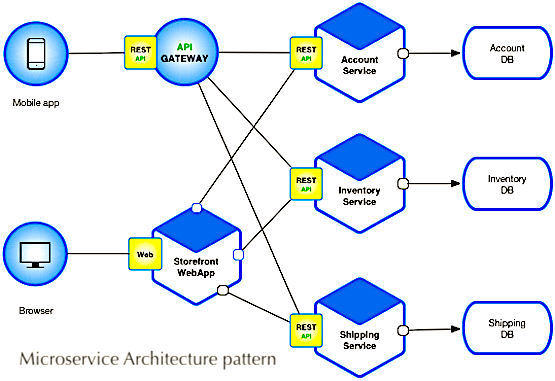
In-depth detail of Microservice Architecture:
- Decomposition: The key principle behind microservices is to decompose a monolithic application into smaller, self-contained services. Each microservice should focus on a single business capability or domain, which helps to reduce complexity and improve maintainability. Decomposition can be achieved using Domain-Driven Design, where the application is divided based on the business context.
- Independent Scalability: One of the major advantages of microservices is the ability to scale each service independently. As each microservice is responsible for specific functionality, it can be scaled horizontally (adding more instances) or vertically (increasing resources) as needed, without impacting the entire application.
- Loose Coupling: Microservices should be loosely coupled, meaning that they should have minimal dependencies on each other. This ensures that a change or failure in one service has minimal impact on others. Communication between microservices should be based on well-defined APIs and contracts, preferably using lightweight protocols like REST or gRPC.
- Autonomous Teams: Microservices architecture promotes the formation of autonomous, cross-functional teams that are responsible for the entire lifecycle of a specific service, from development to deployment and maintenance. This structure encourages ownership, agility, and faster decision-making.
- Fault Isolation: In a microservices architecture, failures are isolated to individual services, minimizing the impact on the overall system. By implementing patterns like Circuit Breaker and Bulkhead, the architecture can further mitigate the risk of cascading failures.
- Polyglot Development and Persistence: Microservices architecture allows teams to choose the most appropriate programming languages, frameworks, and data storage technologies for each service, based on its specific requirements. This flexibility can lead to better performance and maintainability.
- Infrastructure Automation: Microservices often rely on containerization and orchestration technologies like Docker and Kubernetes for packaging, deployment, and management. Infrastructure automation, using Infrastructure as Code (IaC) tools like Terraform or Ansible, further simplifies the provisioning and management of the underlying infrastructure.
- Security: Microservices architecture introduces unique security challenges due to the increased number of components and their interactions. It is essential to secure communication between services using authentication and authorization mechanisms, encrypt sensitive data, and ensure proper access control.
Read more:- DevOps Automation Tools: A Guide to Choosing the Right Solution
While microservices offer numerous benefits, it’s essential to consider the increased complexity, operational overhead, and potential challenges associated with this architectural style before adopting it.
Benefits of Microservice Architecture:
- Modularity: Breaks down complex applications into smaller, manageable services, improving maintainability.
- Scalability: Services can be independently scaled, meeting specific demands without affecting the entire system.
- Flexibility: Allows the use of different technologies for each service, optimizing performance and maintainability.
- Independent Deployability: Services can be deployed and updated independently, enabling faster deployment cycles and reducing risk.
- Resilience: Fault isolation prevents failures from affecting the entire system, improving overall application stability.
Top 10 Microservice Design Patterns:
1. Database per Microservice Pattern: An Essential Approach in Microservice Design Patterns
In the realm of microservice design patterns, designing the database architecture is critical for developing a successful microservices-based solution. Java developers, among others, must consider the best way to store data and determine the ideal location for it.
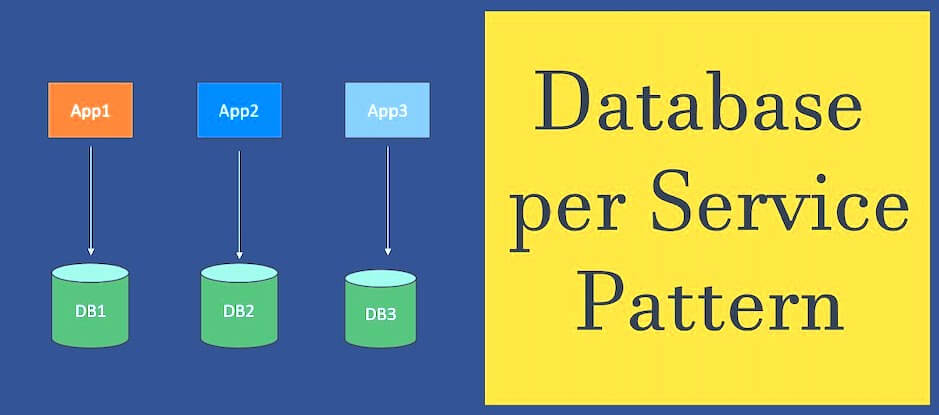
Database organization in microservices architecture usually revolves around two main options:
a. Database per service
b. Shared database
The Database per Microservice Pattern is a widely adopted approach among microservice patterns. By allocating a separate database for each service, developers can ensure data independence and maintainability. This pattern promotes data encapsulation, allowing each microservice to evolve independently without affecting others. This approach also enables the use of different data storage technologies tailored to each service’s specific requirements, ultimately enhancing flexibility and performance.
2. Decentralized Data Management: A Key Microservice Design Pattern
In the world of microservices, decentralized data management is a crucial design pattern that ensures each microservice has its own data storage. This approach promotes independent scalability and maintainability, addressing some of the challenges associated with monolithic applications.
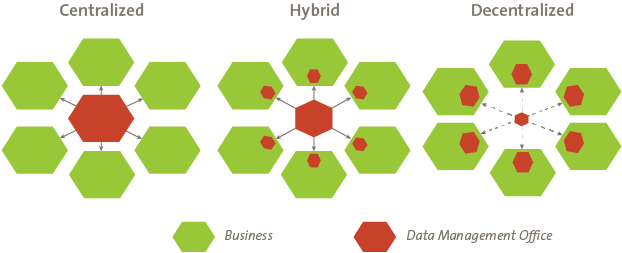
By adopting decentralized data management, developers can leverage the concept of polyglot persistence. This means that different microservices can use different data storage technologies that best fit their specific needs. Polyglot persistence allows for the optimization of performance, scalability, and data modeling based on the unique requirements of each microservice.
In summary, implementing decentralized data management as a microservice design pattern provides several benefits, such as improved maintainability, scalability, and flexibility in choosing appropriate data storage technologies. This approach ultimately results in more robust and adaptable applications.
3. Containerization and Orchestration: Essential Microservices Patterns and Principles for Robust Architectures
In the domain of microservices architecture patterns, containerization and orchestration play pivotal roles in managing microservices effectively. These microservices principles enable developers to create and maintain lightweight, portable, and scalable applications.
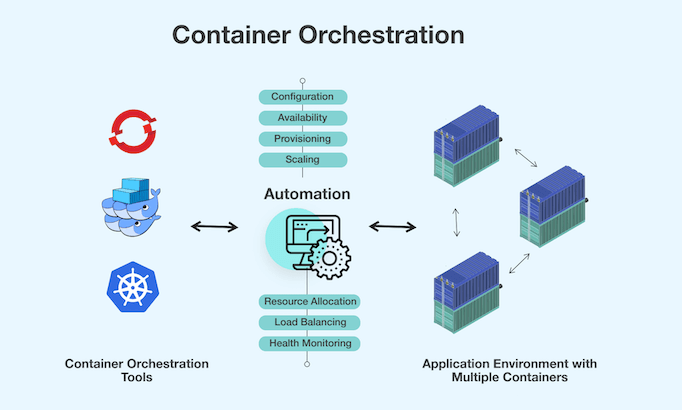
Containerization is the process of bundling microservices and their dependencies into portable containers, ensuring consistent behavior across different environments. Docker, the most popular containerization technology, allows for simplified deployment, management, and scaling of microservices.
Orchestration, on the other hand, focuses on managing containerized microservices. This includes tasks such as deployment, scaling, and networking of services. Kubernetes has emerged as the leading container orchestration platform, offering a robust and extensible solution for managing containerized applications.
In conclusion, containerization and orchestration are key microservices patterns and principles that facilitate the development and management of scalable, portable, and maintainable applications. By embracing these approaches, developers can build more resilient and adaptable microservices architectures.
4. API Gateway: A Vital Component in Microservice Architectures
The API Gateway is a crucial element in microservice architectures, serving as the single entry point for external consumers to interact with the microservices. This essential component brings together a variety of functionalities to streamline communication, enhance security, and simplify the management of microservices.

Some of the key responsibilities of the API Gateway include:
- Routing client requests: The API Gateway efficiently routes incoming requests to the appropriate microservices based on predefined rules and configurations.
- Security features: It provides a layer of security by implementing authentication, authorization, and API rate limiting, ensuring only authorized clients can access the microservices.
- Response aggregation: In some cases, the API Gateway might be responsible for aggregating responses from multiple microservices before returning the combined result to the client.
- Load balancing: To ensure optimal performance and fault tolerance, the API Gateway can distribute incoming requests across multiple instances of microservices, balancing the load and preventing bottlenecks.
Various tools and platforms can be used to implement the API Gateway pattern, such as Kong, Apigee, or AWS API Gateway. By incorporating an API Gateway in your microservice architecture, you can create a more streamlined, secure, and manageable application that caters to the needs of both developers and end-users.
5. Saga Pattern: A Practical Microservices Architecture Example for Distributed Transactions
In the realm of microservice architectures, the Saga pattern is a widely adopted solution for managing distributed transactions across multiple microservices. The pattern comprises a series of local transactions, with each step coordinated by an event or a message.
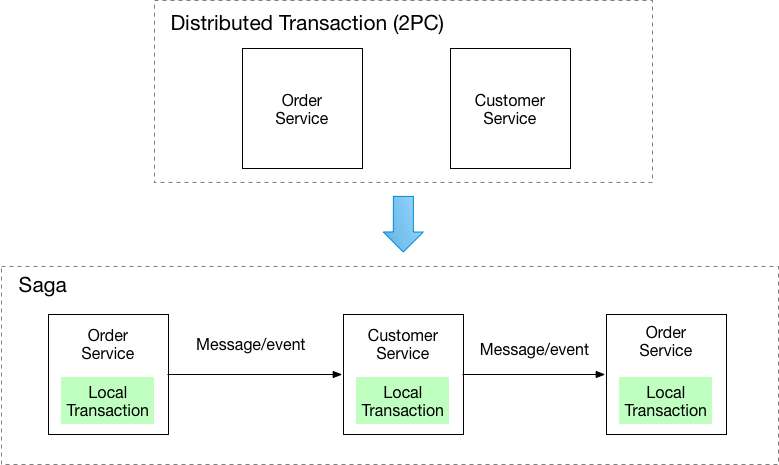
Key aspects of the Saga pattern include:
- Distributed transactions: Sagas manage complex transactions that span across multiple microservices, ensuring consistency and data integrity.
- Event-driven or orchestration-based approaches: Sagas can be implemented using either event-driven or orchestration-based techniques. In event-driven sagas, each local transaction emits an event that triggers the next transaction. In orchestration-based sagas, a central coordinator manages the sequence of local transactions.
- Compensating transactions: If any local transaction within a saga fails, compensating transactions are executed to reverse the changes made by the preceding transactions. This approach ensures data consistency and maintains application integrity.
Implementing the Saga pattern in microservice examples helps address challenges associated with distributed transactions in a microservices environment. This pattern promotes fault tolerance, data consistency, and overall application resilience, making it a valuable addition to any microservices architecture.
6. Circuit Breaker Pattern: Safeguarding Microservices from Cascading Failures
The Circuit Breaker pattern is a vital design pattern in microservice architectures aimed at preventing cascading failures and maintaining system stability. This pattern detects and isolates faulty microservices, ensuring that the overall system continues to function even when individual components experience issues.
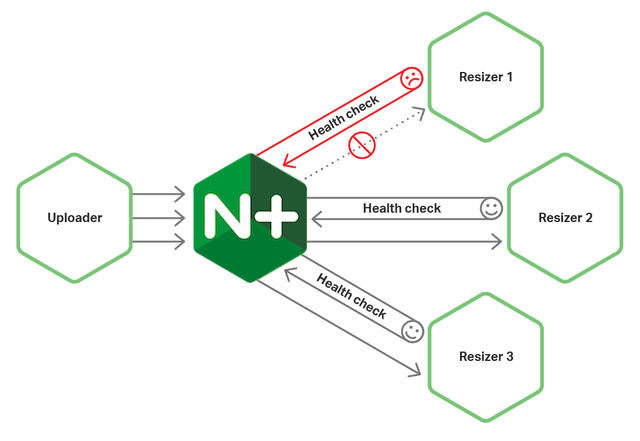
Key aspects of the Circuit Breaker pattern include:
- Failure detection: The Circuit Breaker monitors microservices for failures or high latency, allowing for early detection and isolation of problematic services.
- Tripping and fallback responses: When a microservice fails or exhibits high latency, the Circuit Breaker trips and starts returning fallback responses. This helps maintain system functionality and provides a more graceful degradation of service.
- Recovery: The Circuit Breaker periodically checks the health of the isolated microservice, allowing it to resume normal operation once it recovers.
- Libraries and tools: The Circuit Breaker pattern can be implemented using libraries like Hystrix or Resilience4j, which offer out-of-the-box solutions for managing failures in microservice architectures.
By adopting the Circuit Breaker pattern, developers can create more resilient and fault-tolerant microservice applications. This pattern helps safeguard the overall system from cascading failures, ensuring uninterrupted service and a better user experience.
7. CI/CD: Continuous Integration and Deployment in Microservices
CI/CD, an acronym for Continuous Integration and Continuous Deployment, is a set of practices aimed at enhancing the software development process for microservices. By consistently building, testing, and deploying changes, CI/CD enables rapid delivery of new features and bug fixes, ensuring that the software is always in a releasable state.
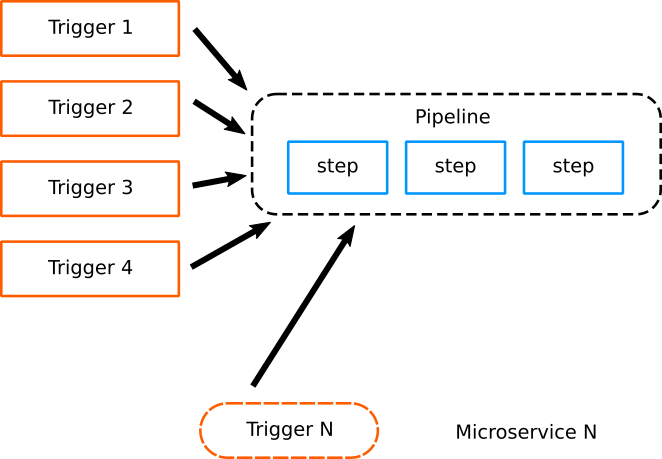
Key aspects of CI/CD in microservices include:
- Continuous Integration: CI involves merging code changes from multiple developers into a shared repository frequently, often several times a day. This practice helps detect integration issues early and reduces the complexity of merging code.
- Continuous Deployment: CD automates the process of deploying new changes to production, allowing for seamless and efficient delivery of software updates. This practice minimizes human intervention, reducing the risk of errors and accelerating deployment cycles.
- Automated testing: CI/CD pipelines incorporate automated testing, which ensures that each code change is thoroughly validated before being deployed. This helps maintain high-quality software and reduces the likelihood of introducing bugs or regressions.
- Popular CI/CD tools: Several tools are available for implementing CI/CD pipelines, including Jenkins, GitLab CI/CD, and CircleCI. These tools help developers create, manage, and monitor their CI/CD pipelines, making it easier to achieve consistent and reliable software delivery.
Read more:- DevOps Trends and Future Predictions
In summary, CI/CD practices play a critical role in the microservices development process. By continuously integrating, testing, and deploying changes, developers can ensure rapid delivery of high-quality software, leading to improved user satisfaction and more efficient development cycles.
8. Saga Pattern in Depth: Managing Distributed Transactions in Microservices
The Saga pattern is a critical design pattern in microservices, designed to handle distributed transactions that span multiple services. By coordinating a series of local transactions through events or messages, the Saga pattern ensures data consistency and application integrity in the face of failures.
Let’s delve deeper into the key aspects of the Saga pattern:
- Local transactions: Sagas are composed of a series of local transactions, each of which pertains to a single microservice. These local transactions are coordinated to accomplish a larger distributed transaction.
- Coordination mechanisms: Sagas use events or messages to coordinate the execution of local transactions. In an event-driven approach, each local transaction emits an event that triggers the next transaction. In an orchestration-based approach, a central coordinator directs the sequence of local transactions.
- Failure handling and compensating transactions: In case of a failure in any local transaction, the Saga pattern relies on compensating transactions to reverse the changes made by the previously executed transactions. This rollback mechanism helps maintain data consistency and recover from failures gracefully.
- Implementing sagas: Sagas can be implemented using either event-driven or orchestration-based approaches, depending on the specific requirements and architectural considerations of the application. Both approaches have their pros and cons, and the choice depends on factors such as complexity, coupling, and communication patterns.
Incorporating the Saga pattern into microservice architectures helps address the challenges associated with distributed transactions in a microservices environment. This pattern offers fault tolerance, data consistency, and overall application resilience, making it an indispensable tool for building robust microservices applications.
9. CQRS: A Key Microservices Design Pattern for Improved Scalability and Maintainability
CQRS, or Command Query Responsibility Segregation, is a prominent architectural pattern among microservice design patterns, focusing on separating read and write operations for better scalability and maintainability in microservices applications.
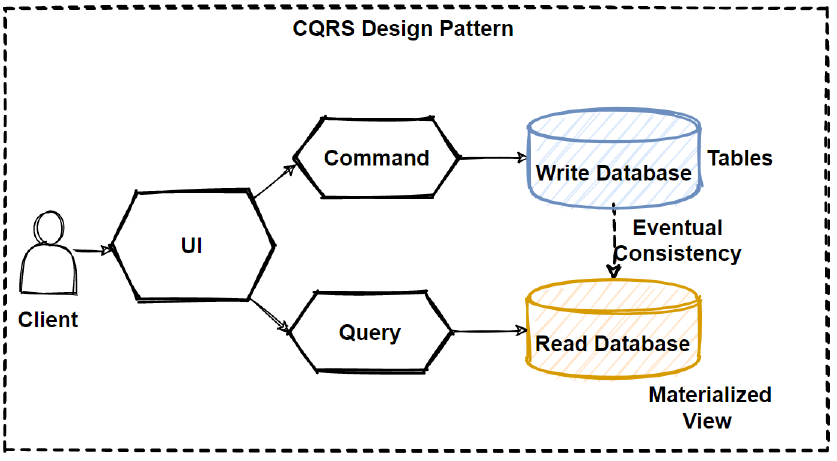
Let’s explore the main aspects of the CQRS pattern:
- Commands and Queries: In CQRS, commands are used to represent write operations that modify data, while queries are used for read operations that retrieve data. By segregating these responsibilities, the pattern simplifies the code and optimizes performance.
- Separate models: Implementing CQRS often involves using separate models for read and write operations, allowing for better optimization and independent evolution of each model.
- Distinct storage and services: CQRS can also involve using separate storage systems and services for read and write operations. This enables horizontal scaling, tailored optimization, and improved fault tolerance for each operation type.
- Benefits: Adopting the CQRS pattern in microservices applications can result in several benefits, such as increased scalability, enhanced maintainability, and reduced complexity. Additionally, the pattern allows for more efficient use of resources and better alignment with domain-driven design principles.
In conclusion, the CQRS pattern is an essential component of microservice design patterns, offering a robust solution for separating read and write operations in microservices applications. By implementing CQRS, developers can create more scalable, maintainable, and high-performing microservices architectures.
10. Event-Driven Architecture Pattern: Enhancing Microservices Communication and Scalability
The Event-Driven Architecture pattern is a pivotal design pattern in microservices, focusing on asynchronous communication using events to enable loose coupling, improved scalability, and efficient error handling between microservices.
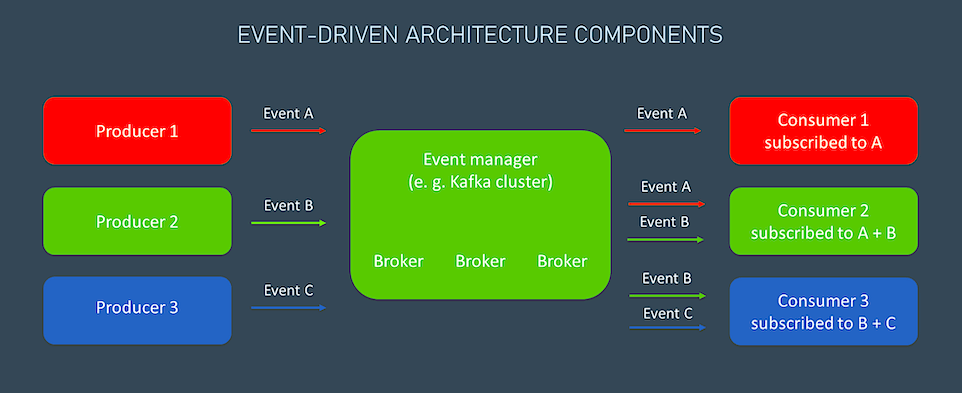
Let’s explore the main aspects of the Event-Driven Architecture pattern:
- Asynchronous communication: Microservices in an event-driven architecture communicate asynchronously, allowing for better responsiveness and resilience in the face of failures or high latency.
- Loose coupling: By using events for communication, microservices become less dependent on each other, which promotes modularity and facilitates independent development, deployment, and scaling.
- Event producers and consumers: In this pattern, events are published by event producers (microservices that generate events) and consumed by event consumers (microservices that react to events). This separation of concerns allows for greater flexibility in handling events.
- Message brokers: Event-driven architectures often rely on message brokers like RabbitMQ, Apache Kafka, or Amazon SQS to facilitate communication between microservices. These brokers handle tasks such as message routing, delivery guarantees, and buffering, ensuring reliable and efficient communication.
By implementing the Event-Driven Architecture pattern, developers can create more scalable, maintainable, and resilient microservices applications. This pattern offers a robust solution for managing communication between microservices and adapting to the ever-changing requirements of modern applications.
Explore more:- Best DevOps Monitoring Tools: Features, Criteria & Uses
Conclusion
In conclusion, we have explored the top 10 Microservice Design patterns and principles, providing an in-depth understanding of the microservice architecture and its key design patterns. Embracing microservices and cloud computing in tandem allows for more efficient development and deployment processes. By incorporating these design patterns and principles into your microservices applications, you can create scalable, maintainable, and resilient systems that seamlessly adapt to the evolving landscape of cloud-based solutions.
Aamna is a young enthusiast writer, who Loves different niches, Internet tech, Gadget, Mobile trends and is always eager to share useful informative content to help readers. She has expertise in Digital Marketing and technical advisor.

